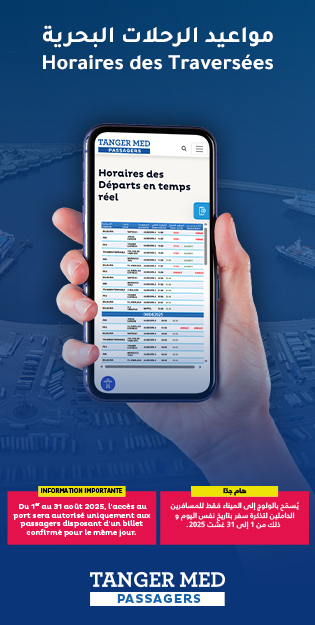Health and Social Protection Minister Amani Al-Tahrawi stated that emergency services are a top priority in Morocco’s healthcare reform efforts, serving as a vital facility for saving lives and ensuring immediate care for citizens.
In a statement made on Tuesday, October 21, the minister acknowledged significant challenges, including overcrowding, poor organization, and a shortage of human resources, with only about 30 specialized doctors available nationwide. Additionally, he noted that over half of incoming cases are non-emergency, which exacerbates pressure and diminishes the quality of care.
### Short-Term Reform Plan
Al-Tahrawi announced a short-term plan over a 10-week period, aimed at reorganizing internal departments by sorting patients into critical and non-critical categories and establishing different pathways for them. This includes coordination with laboratory services, radiology, and hospitalization.
The plan also involves standardizing protocols and medical procedures for treating emergency patients, ensuring a constant presence of doctors in emergency departments, and implementing a unified sign for emergency services across the country.
Furthermore, improvements will be made to the resting areas for healthcare staff to ensure decent working conditions, alongside enhancements to reception areas and waiting rooms to create a comfortable environment for patients and facilitate access to medical services.
According to Al-Tahrawi, emergency reception services will be refurbished through light renovations aimed at achieving quick and noticeable improvements in patient reception and rebuilding trust between citizens and healthcare facilities.
### Structural Reform
In the medium term, Al-Tahrawi announced a structural reform plan that includes overhauling training in emergency medicine and strengthening human resources.
The plan also entails offering financial and professional incentives to attract doctors and nurses to this specialty, as well as developing SAMU networks to secure pre-hospital care.
Additionally, the plan includes standardizing protocols and procedures for treating emergency patients, organizing treatment pathways from health centers to university hospitals, and linking these pathways to a digitization project and digital medical records.
Source
















